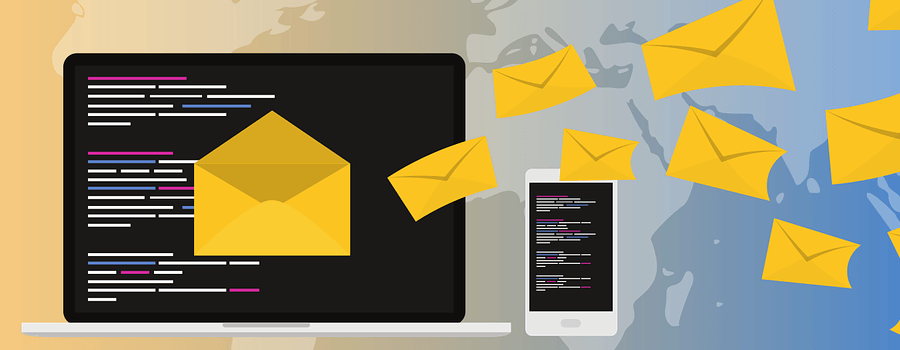
Writing A Newsletter People Want To Read
Published on
Time to Read: 4 minutes
If you have an email address, chances are you are subscribed to a few newsletters. Newsletters are an excellent way for companies to keep their customers in the loop about their business. The real question is, what makes a good newsletter? How can you keep your customers reading rather than marking you for spam?
Today we are going to discuss tips for writing a newsletter people want to read.
Short and Simple
The first tip should be obvious, but you want to keep it short and simple. A newsletter should briefly touch on what’s going on with your business that week and possibly a sale coming up. You don’t want to send out enormous newsletters for a few reasons.
First being, nobody wants to read a newsletter that is eight paragraphs long. Second, you are going to run out of things to talk about. You want to keep readers engaged, not bore them. For example, if you run a blog mention your newest article and possibly a sale you are running. That’s it. Don’t mention your article, future articles, and a few sales. In doing this, you are putting yourself in a corner, and your next letter will be you repeating yourself.
Subject Line
Each week or month your newsletter has to have an engaging subject title, or nobody is going to read it. If your subject of the email is “Dave’s Dog Grooming Newsletter #2” nobody is going to want to read that. However, if you title the email “5 Tips for improving your dog’s coat” people will find this interesting and give it a read.
Give the email a subject that you would open, think about your target audience. Also, don’t be afraid to toss in an emoji. These will make your email stand out amongst a sea of emails in your client’s inbox. Just don’t use more than 2 or 3, any more can make you look spammy.
Write For Your Target Audience
You need to write for your readers. If you want to be viewed as an authority in your niche, then you must portray yourself as such. You want to educate your audience, and you should assume most people don’t understand what you’re talking about. You want to use terms anyone would understand. For example, a marketing newsletter discussing Instagram’s new algorithm should explain what that means. How does that affect your reader and why should they care?
You want your readers to know what you put out is quality, well written, and easy to understand information. Make your content engaging, so your readers will want to read your next newsletter. Not all emails need to be a sales pitch. Sure, you always include that option, but establishing yourself as an authority in your industry will lead to higher conversions down the line. You want people to want to read your content.
We have all seen articles or newsletters that are 90% sales pitch and 10% fluff. Nobody likes that, and you will start to be marked as spam or have readers unsubscribe. How did you become interested in what you are now an expert in? Apply what brought you into your industry to your readers and you will inevitably build up a loyal base.
Consistency
If you are going to write a weekly, bi-weekly, or monthly newsletter, then you must be consistent. This will reflect how serious you are about your business as well. For example, if a Basketball website put out a “Weekly Newsletter” once a month, it will lose credibility. Sure, maybe most won’t notice, but a few will. Also, people are eventually going to forget about your newsletter if it isn’t consistent. Keep them updated, keep them engaged, and keep it consistent.
A good way to do this is to use a service such as MailChimp to help with your email automation. This will help keep you on a consistent schedule, so you never forget to send out your newsletter. As well as your newsletter, you should also be consistently posting on Instagram as well when new articles come out. Have you checked out our article on driving website traffic through Instagram?
Closing Thoughts
So what makes a good newsletter?
You want a newsletter to include high-quality content that is kept short and simple. Also, remember consistency is key. You don’t want people to forget about your newsletter and view it as spam. Always write for your audience, you want to put information first, and sales last.
Build trust with your audience, become a newsletter worth reading. If you apply these simple tips, you change your mediocre newsletter to a great newsletter.
